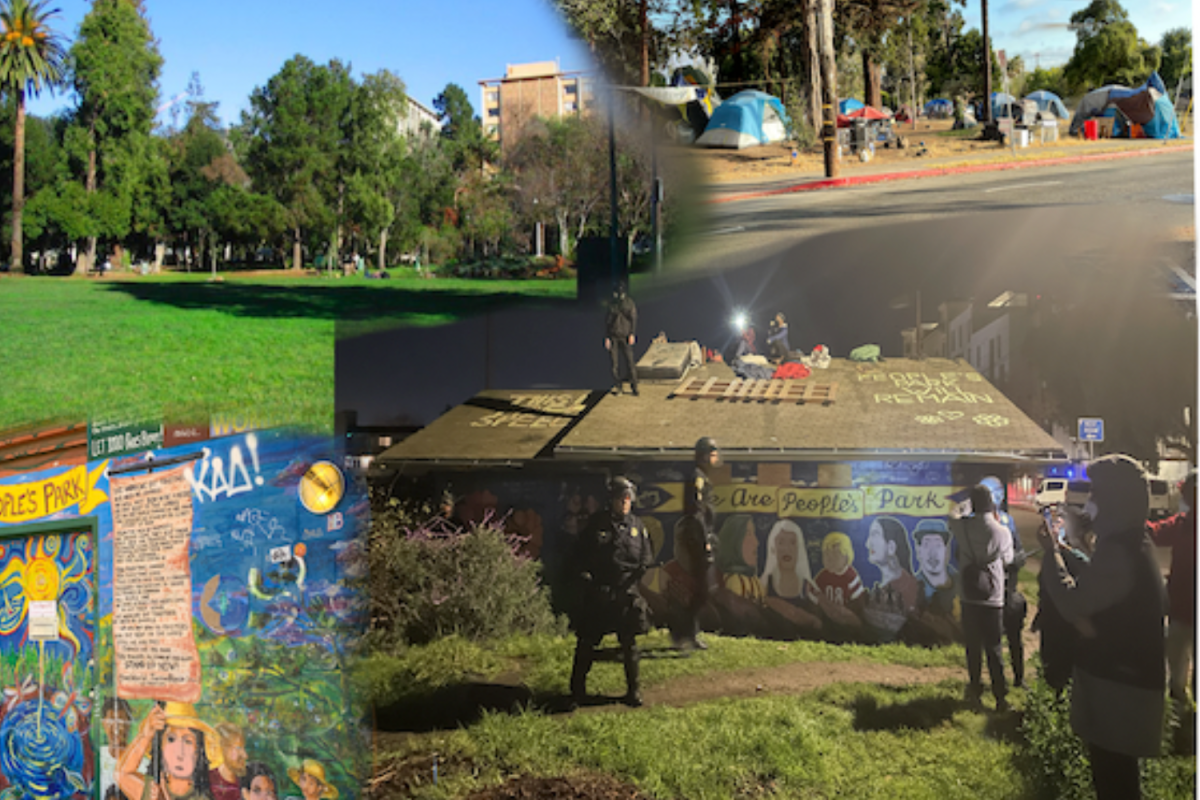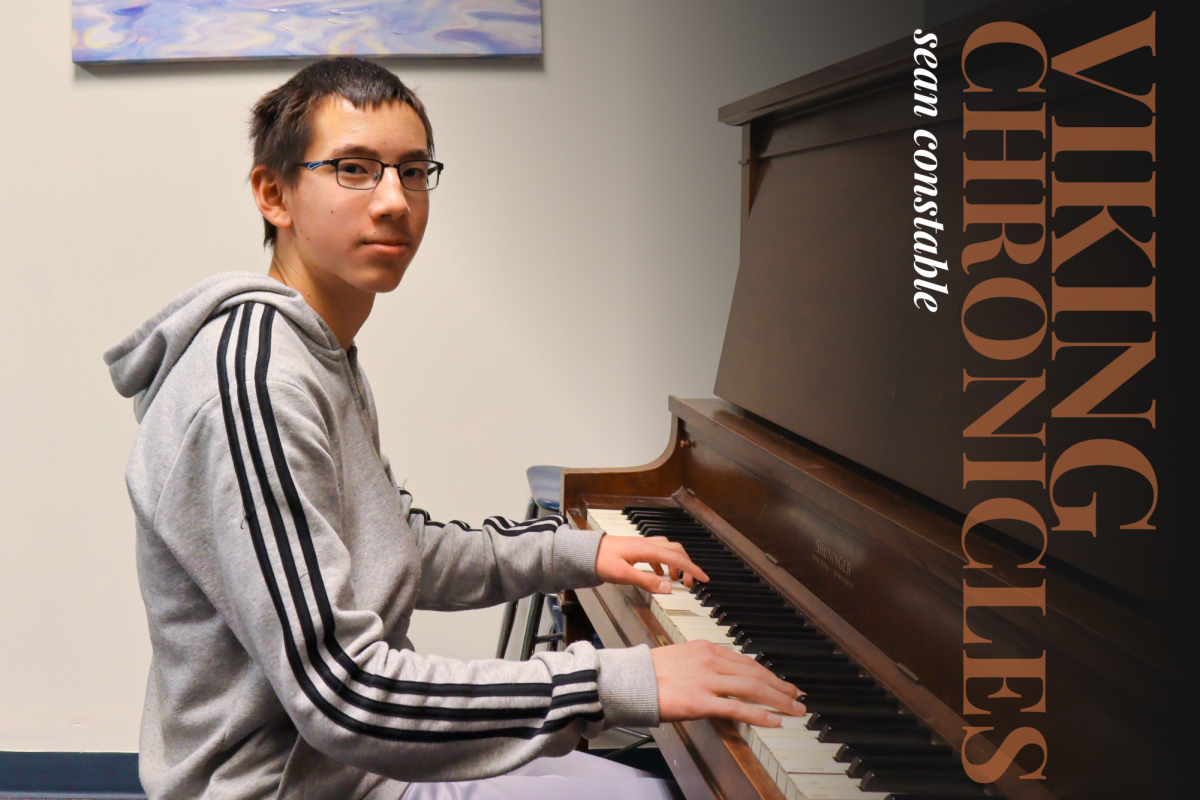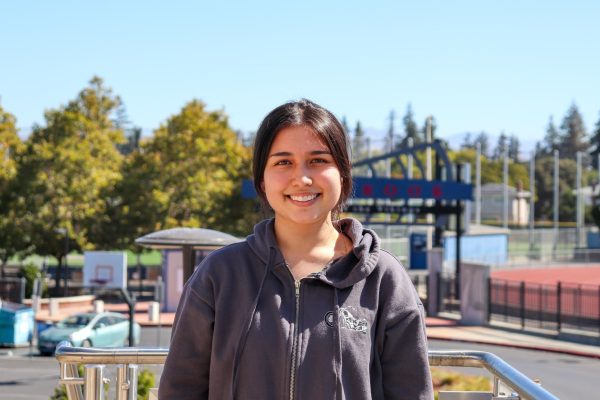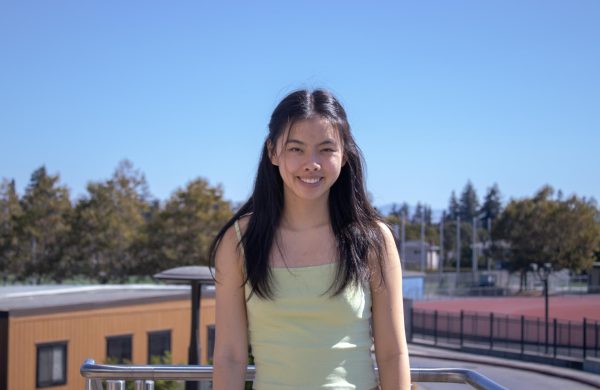What you need to know:
- UC Berkeley’s plans to repurpose People’s Park for affordable student housing have sparked backlash from the local community.
- People’s Park has a significant history of political activism, notably during anti-war protests in the late 1960s.
- Legal battles and community protests have delayed the construction plan, with ongoing debate over the preservation of the park’s historic significance and concerns about the treatment of unhoused individuals.
In response to an urgent demand for increased affordable student housing, UC Berkeley announced its plan to repurpose People’s Park, a historical landmark located in the center of campus that has lasted through decades of social movements and activism. However, school administration has received backlash from the local community who wish to preserve the park for its historic significance and protect the unhoused individuals currently residing there.
People’s Park has a deep-rooted history of activism and protest against conflict. The park became widely recognized in the late 1960s as a location for anti-war demonstrations. On May 15, 1969, otherwise known as “Bloody Thursday,” police opened fire on a large crowd of young protesters who sought to keep the park open as a community garden. In response to the thousands of students and community protestors opposing the Vietnam War, former Gov. Ronald Reagan declared Martial Law on the activists, permitting the military to exercise jurisdiction over civilians in the zone.
Currently, UC Berkeley is in the midst of a housing crisis, with one of the lowest housing rates of the entire UC system. According to an East Bay Times survey, UC Berkeley is only able to provide housing for roughly 23% of its undergraduate students. Renting apartments or living spaces near the school is prohibitively expensive, making these options unrealistic and unaffordable for many students. Some students without available housing are forced to seek shelter in neglected apartments, live in their cars or commute long hours to and from school. One such student from Los Angeles, Bill Zhou, even resorted to commuting to and from UC Berkeley by plane to avoid the increasingly high costs of rent.
To combat this issue, administrators at UC Berkeley proposed a plan to turn People’s Park into housing for students in 2018, setting aside a third of the park as public space. The plan includes housing for over 1,100 undergraduate students and roughly 100 unhoused or extremely low-income individuals. UC Berkeley officials hoped that by creating more affordable housing for students and community members, rent and housing prices near the school would decrease.
“When the pandemic started, the park also became a place where unhoused people began to sleep, resulting in increased crime that sadly targeted the unhoused people sleeping there,” UC Berkeley spokesman Dan Mogulof said. “The university has struggled to build housing there for its students for many years.”
Additionally, legal complications further delayed the plans for construction. Since the plan was introduced, the school has been constantly involved in lawsuits filed by various groups tied to People’s Park and the surrounding community.
“The kinds of lawsuits we face can’t stop a project; they can only delay it and make it more expensive,” Mogulof said.
UC Berkeley is currently being sued under the California Environmental Quality Act, a California law that requires the government and public agencies to evaluate and disclose any environmental impacts. However, under law, the courts have no right to actually prevent UC Berkeley from building more housing. If they lose the suit, the courts will simply request that the school analyze the issue more intensely.
When demolition of the park resumed in August 2022, it was halted by protests in the community. Protestors tore down fences and destroyed construction equipment in hopes of preventing the project, and combined with compensation from law enforcement deployed at the Park, damages totaled approximately $3 million.. Currently, UC Berkeley is awaiting approval from the California Supreme Court to determine whether they can proceed with their original plan.
Harvey Smith is a prominent figure in the People’s Park Advocacy Group, a group that hopes to restore the park and halt construction. In an interview with Mitch Jeserich, producer and journalist of Letters & Politics —a political podcast exploring history and current events — he discusses the importance of preserving People’s Park in its current state. Harvey explains that People’s Park had recently been listed on the National Register of Historic Places, which is the nation’s official list of buildings and structures that are worthy of preservation. The one thing that distinguishes People’s Park from other parks, is the fact that the park is still an active site of protest in the community.
People’s Park was born out of the growing counterculture movement and anti-war activism during the Vietnam War. Originally, UC Berkeley bulldozed over the land in hopes of building an athletic field, keeping the future construction of student housing in mind. Unfortunately, this plan halted because of a lack of funding, leaving it a muddy lot that soon collected weeds and used cars. Even in the early 1970s during the park’s creation, UC Berkeley administrators opposed the idea of allowing the community to turn the area into a communal space, arguing that there would be more beneficial uses of the land.
“There was a back and forth between the university and the people in the park,” Smith said in an interview with Jeserich. “People in the park would have liked to work with the university, but the university started talking about other needs for the lot.”
The Bay Area also houses a concentrated amount of California’s homeless population with 181,399 people as of 2023. Several of these individuals who had settled in People’s Park, which was a historically safe zone for public use, are now forced to evacuate because of the new housing plans.
“It’s a little unfortunate how the administration decided to execute the renovation, both the barricade and the timing of it, where most students were away on vacation,” Lynbrook alumnus and UC Berkeley freshman Isha Shah said.
Because of the park’s history and concern about homeless relocation, frustration has set in within some students who feel that the school should be more communicative about their plans. Because of the lack of transparency and the barricade surrounding the park, concern has risen about whether UC Berkeley will stick to the promised plans of conserving 60 percent of the land. Others question the $30 million budget of the program, which is spent on hiring police, guards and lawyers. Some argue that a better approach would’ve been for the school to use the allocated budget to buy more land for their housing plans, instead of pursuing the route that causes people to lose the shelters they had once found in the park.
People’s Park holds significance within the Berkeley community because of its separation from Berkeley Administration control, which sets it apart from other sites of public use, such as Sproul Plaza. Sproul Plaza is subject to oversight by the campus authority, meaning that groups are required to obtain permits for big events and must adhere to the campus behavior and conduct guidelines. While both spaces have historical significance and are located on UC Berkeley property, People’s Park stands as a place where true free speech and protest can proceed without constraints from the school.
The Berkeley community waits to see whether the school will keep its promise to preserve over 60 percent of the park and provide aid to not only students but also low-income and homeless individuals.
“It was just bad communication,” Shah said. “There could have been more done to help the homeless population there or renovate it in a better way — without admin reaching out to the student body, they weren’t able to compromise on a solution.”












































































